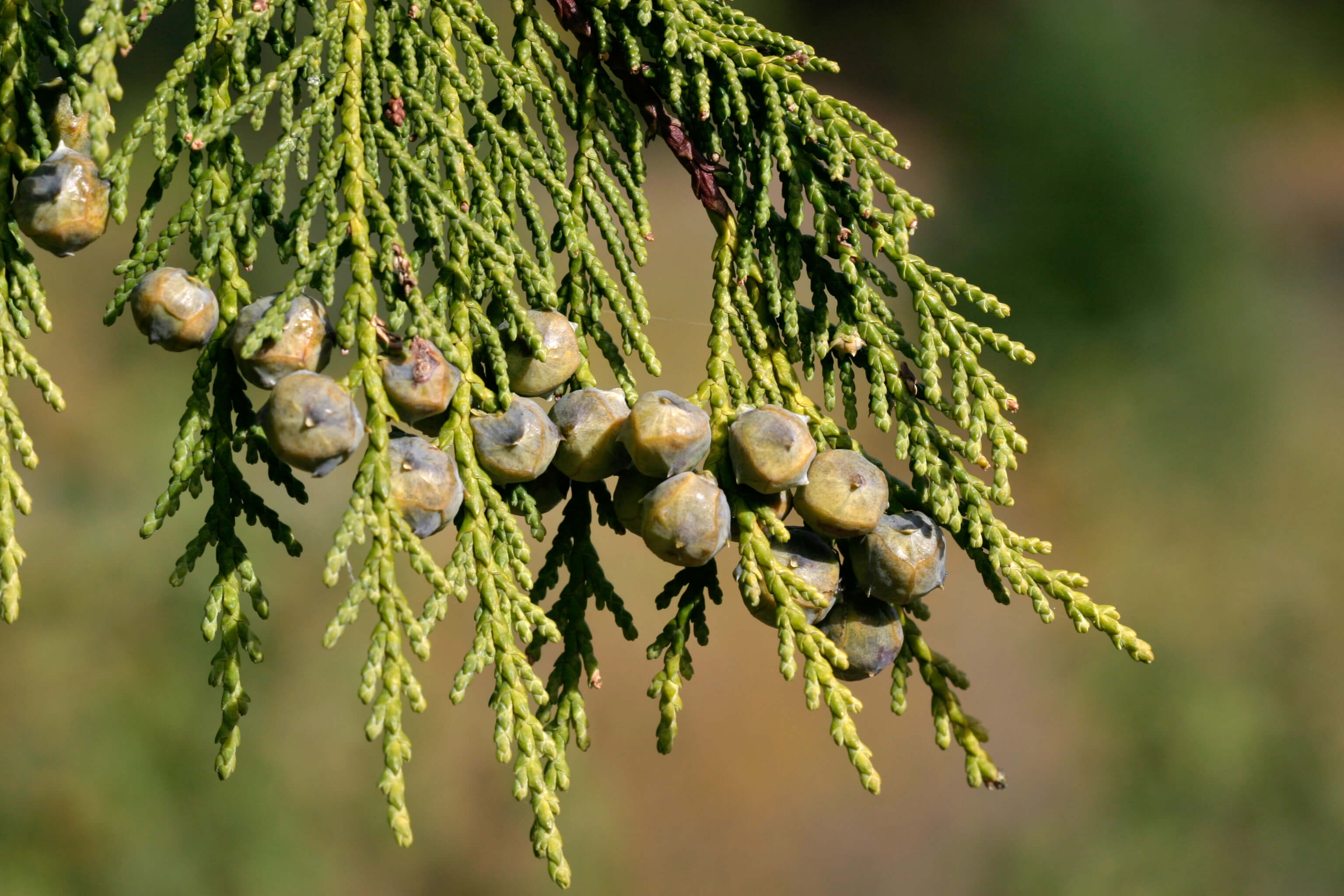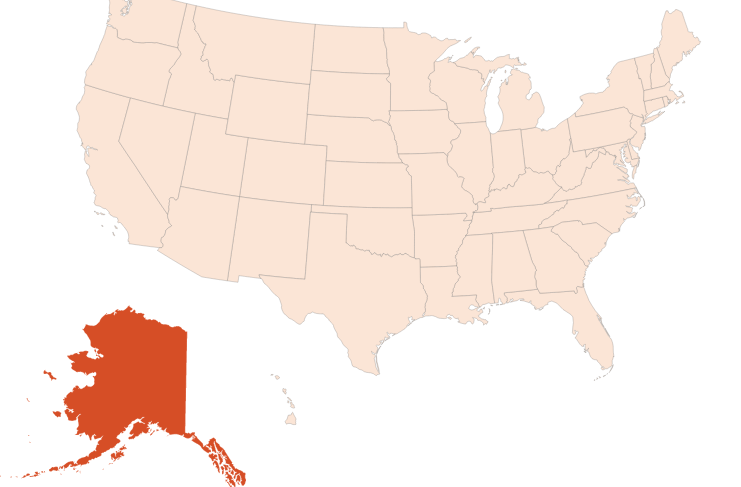
| Company | Ingredient Name | ID | Comments | Naturality | Certifications | MOQ | Latin name | Treated part | Geographical origin |
|---|---|---|---|---|---|---|---|---|---|
|
|
CEDARWOOD ALASKA CANADA EO | 967442 |
Learn more
|
Naturals |

|
- | CUPRESSUS NOOTKATENSIS | - | - |
General Presentation
-
CAS N° :
1069136-34-0 -
EINECS number :
691-784-9 -
FEMA number :
Donnée indisponible.
-
Volatility :
Base -
Price Range :
€€€
Physico-chemical properties
-
Appearance :
Amber liquid -
Density :
-
Refractive Index @20°C :
Data not available. -
Optical rotation :
-
Vapor pressure :
Data not available. -
Flash Point :
Data not available. -
Acid Value :
Botanical informations
Botanical name :
Xanthocyparis nootkatensis (D.Don) Farjon & Harder
Synonyms : Callitropsis nootkatensis (D.Don) D.P.Little // Cupressus nootkatensis D.Don
Botanical profile :
This cedar is actually part of the cypress family, called Cupressaceae, and is of the genus Cupressus L.
Chemotypes :
The genus Cupressus L. includes several other plants used in perfumery:
Cupressus funebris L.: Cedarwood China oil / Cedarwood China leaf oil.
Cupressus nootkatensis L.: Cedarwood Alaska oil / Cedarwood Alaska twig oil.
Extractions & Uses
Extraction process :
The alaska cedar, or Nootka cypress, can grow up to 20 to 40 meters tall where cultivated. The propagation of the culture of this tree is done by cuttings but is generally done naturally as it is a rather invasive species. The tree has reached maturity and is ready to be grown after one year of cultivation. It can be grown at any time of the year.
After trimming the tree trunks at their base, they are gathered in a large receptacle and brought to the factory. There, the trunks are cut and crushed into chips before being extracted for several hours by steam distillation under pressure.
The essential oil of Alaska cedarwood is collected by decanting oil and water.
Uses in perfumery :
Used in sandalwood accords to bring out the fatty side. Used in woody and woody-floral fragrances. Brings a dry facet of wood chips.
Stability :
The terpenes identified in this raw material can polymerize when they are oxidized
Major Components :
- Nootkatene
- Carvacrol
- Valerenol
- Nootkatone
- Safranol
- Carene

Photo credits: ScenTree SAS
Other comments :
This tree is called cedar but is actually part of the cypress family.
IFRA
IFRA 51th :
This ingredient is not restricted for the 51th amendment

